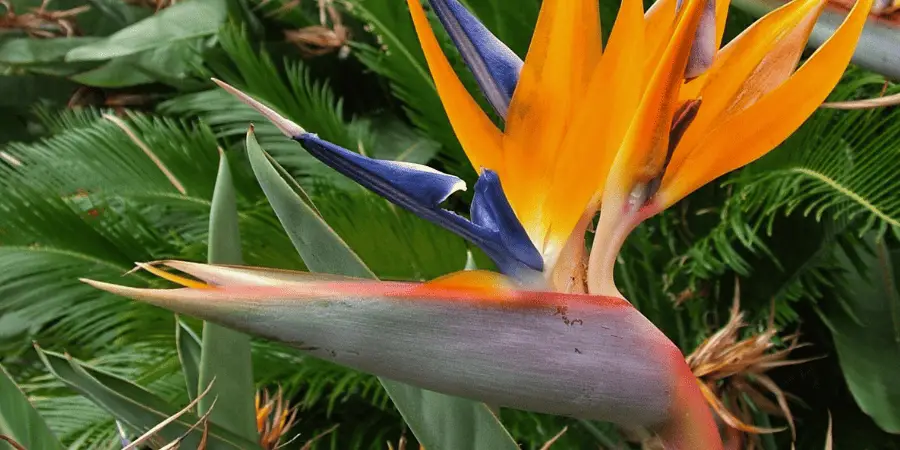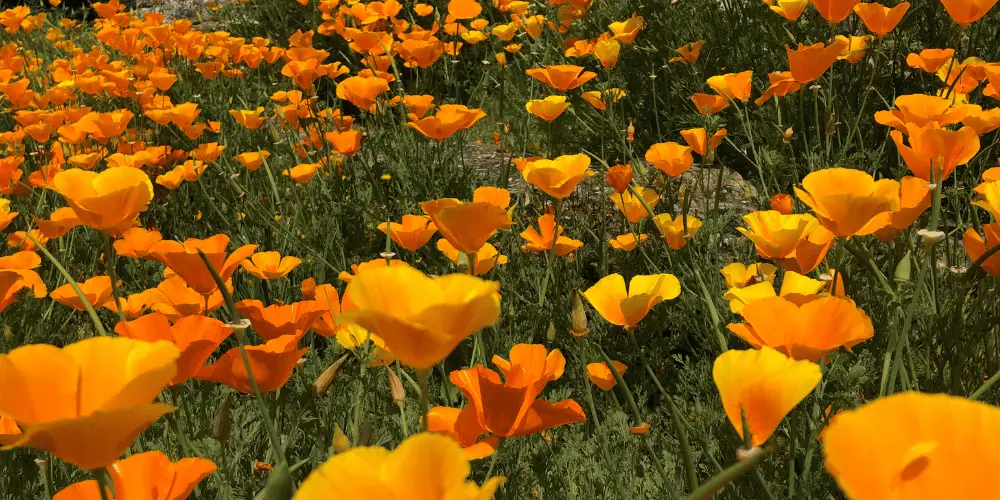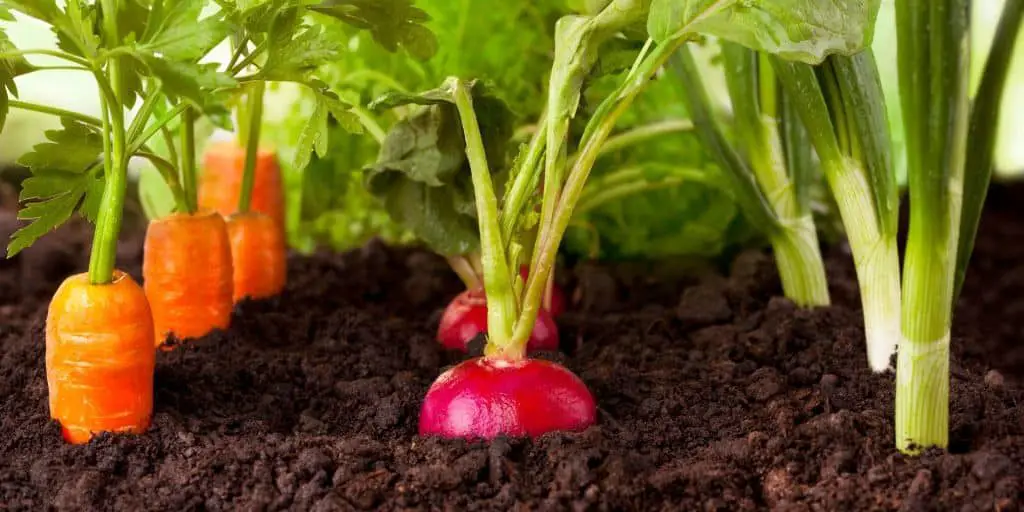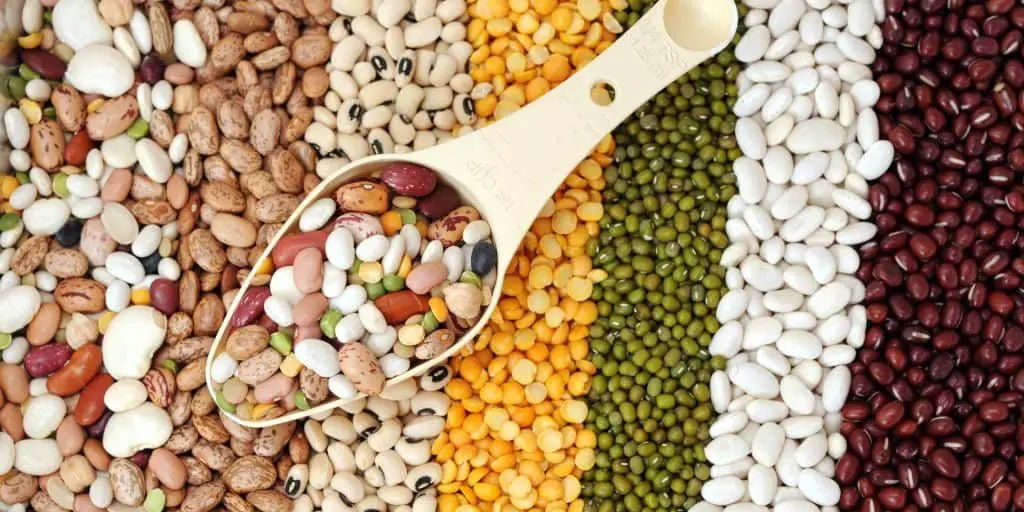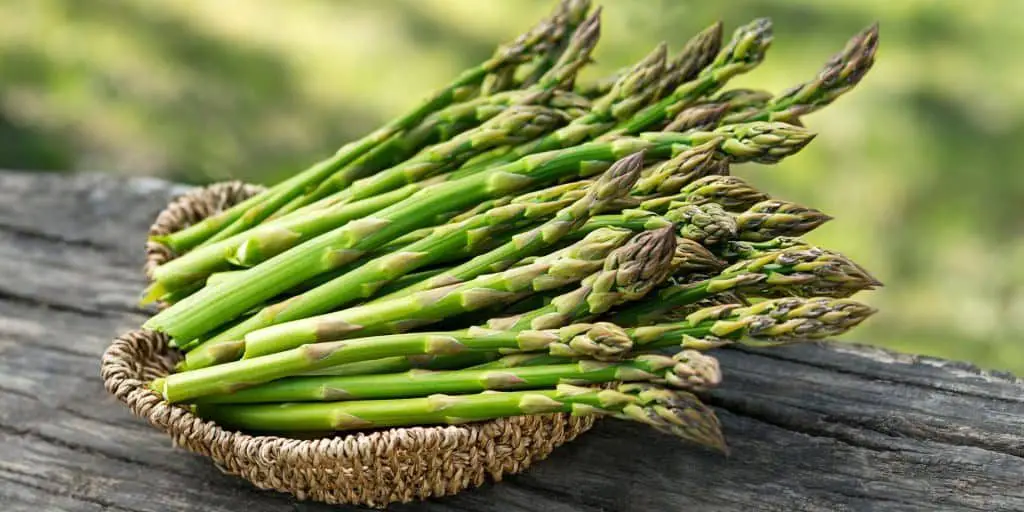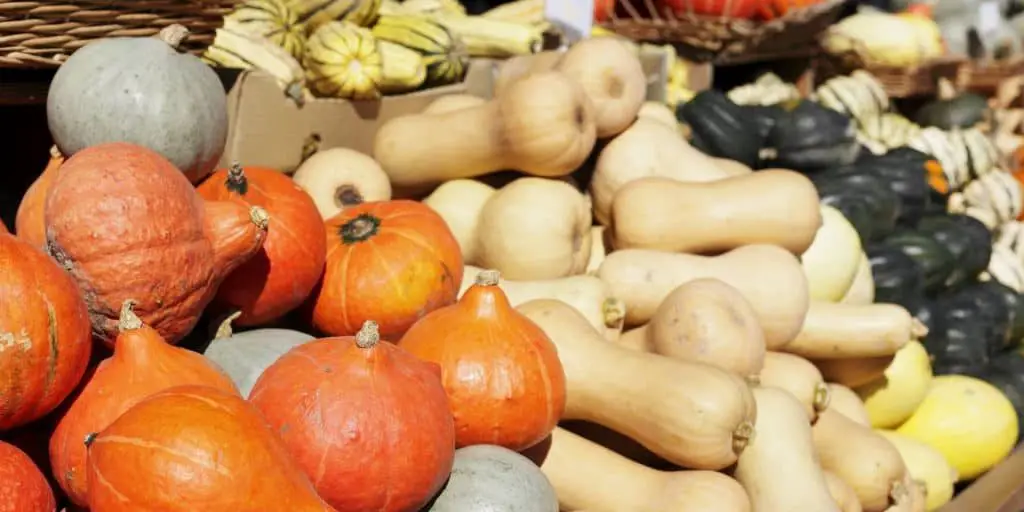
Beans Companion Plants
Companion planting is a gardening technique in which different plants are grown together in close proximity in order to benefit each other. One great example of companion planting is planting beans with vegetables. Beans are a great companion plant for many vegetables because they can improve the nitrogen content in the soil, which is an essential nutrient that plants need to thrive. In addition, beans can provide shade and support for other plants, and can even help to keep certain insects away. So if you’re looking to improve the health and productivity of your vegetable garden, consider planting beans alongside your other veggies!
Here are 10 common companion plants for beans and why they’re beneficial:
- Beets – Beets make great companion plants for beans because they both grow well in soil that is high in organic matter.
- Corn – Corn and beans are often planted together because the beans can help to stabilize the corn stalks, which can be top-heavy and prone to falling over.
- Lovage – Lovage is a herb that has a strong, celery-like flavor and aroma. When planted with beans, it can help to improve the flavor of the beans and deter pests.
- Nasturtium – Nasturtium is a bright and colorful flower that is great for attracting beneficial insects to your garden. When planted with beans, it can help to deter pests and improve the overall health of the plants.
- Rosemary – Rosemary is a herb that has a strong, piney aroma and is great for deterring pests. When planted with beans, it can help to improve the health and flavor of the beans.
- Squash – Squash and beans make great companions because they both have similar growing requirements and can help to deter pests from each other.
- Strawberries – Strawberries and beans are often planted together because the beans can provide shade for the strawberries, which can help to prevent them from getting sunburned.
- Sunflowers – Sunflowers can be used to create shade for beans, which can help to keep them cool and prevent them from drying out.
- Marigolds – Marigolds are a great plant to deter pests and can be planted with beans to help keep them healthy.
- Potatoes – Potatoes are another great option for planting with beans. Beans provide the nitrogen needed to grow healthy potato plants, and the potato plants repel unwanted insects that may attack bean plants, such as the Mexican Bean Beetle.
Here are a few tips to keep in mind when planting beans with other vegetables:
- Make sure to plant your beans at least 6 inches away from other plants, as they will need room to grow and spread out.
- If you’re planting beans with vegetables that grow on vines, like squash or tomatoes, you may want to consider using a trellis or other type of support to help keep the plants upright.
- It’s a good idea to rotate your crops every year, which means moving your beans and other vegetables to a different part of the garden. This can help to prevent pests and diseases from building up in the soil.
- Be sure to water your plants regularly, as beans and other vegetables will need plenty of moisture to grow and thrive.
- Pay attention to the sunlight requirements of each plant. Beans and some vegetables, like tomatoes, need plenty of sun, while others, like lettuce, prefer more shade.
Here are a few vegetables and plants that you may want to avoid planting with beans:
- Onions – Onions and beans can sometimes compete for the same nutrients in the soil, which can lead to reduced growth and yields for both plants.
- Fennel – Fennel can have a negative impact on the flavor of beans, so it’s best to avoid planting them together.
- Leeks – Planting beans, or other members of the legumes family, next to leeks can prevent both plants from growing fully.
- Garlic – Garlic should not be planted next to bean plants due to the production of biochemicals that can inhibit the growth of the beans.
It’s always a good idea to do a little research and plan out your garden before planting. This can help to ensure that your plants are well-suited for each other and can grow and thrive together.
Well, I think we’ve covered everything there is to know about planting beans with other vegetables! Whether you’re looking to fix nitrogen in the soil, repel insects, or just add some colorful flowers to your garden, there’s a companion plant out there that’s perfect for you. And remember, when it comes to beans, the possibilities are endless! You can plant them in rows, in pots, or even in hanging baskets. The sky’s the limit!
Now, for a little fun, here’s a limerick about beans:
There once was a bean in a pot,
It grew and it grew, whether hot or not.
It sprouted and flourished,
A tasty dish it embellished,
A true garden wonder, it was, this little bean in a pot!
